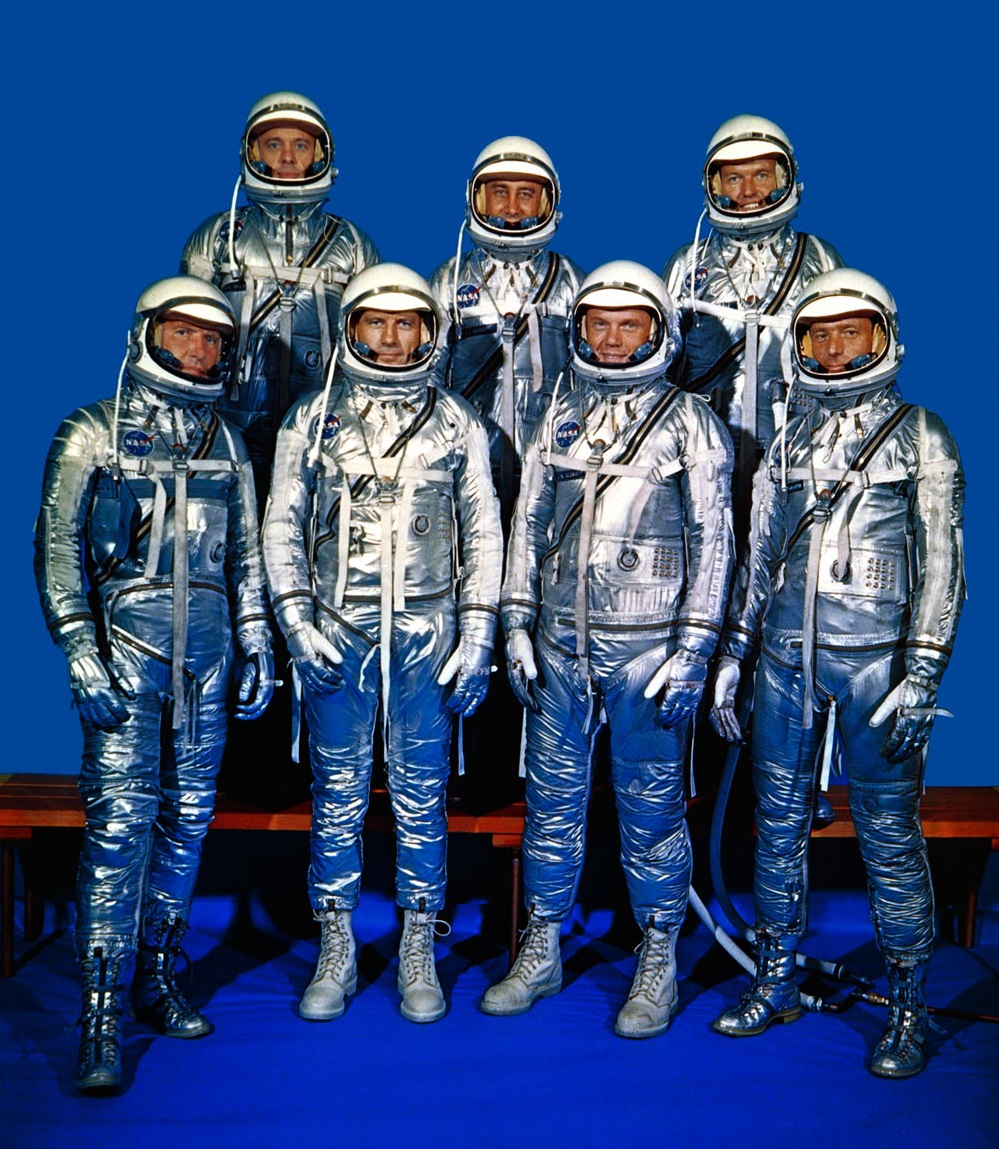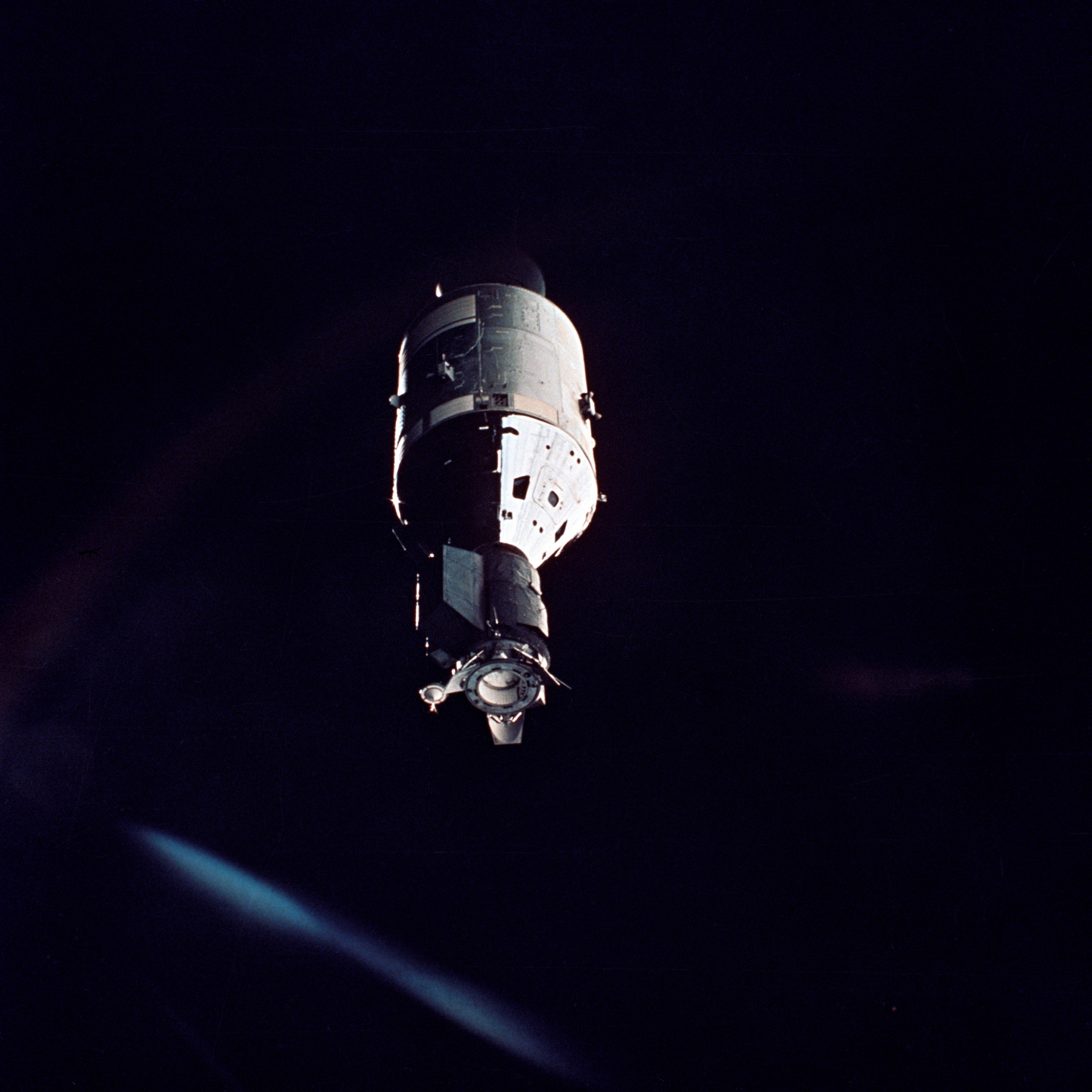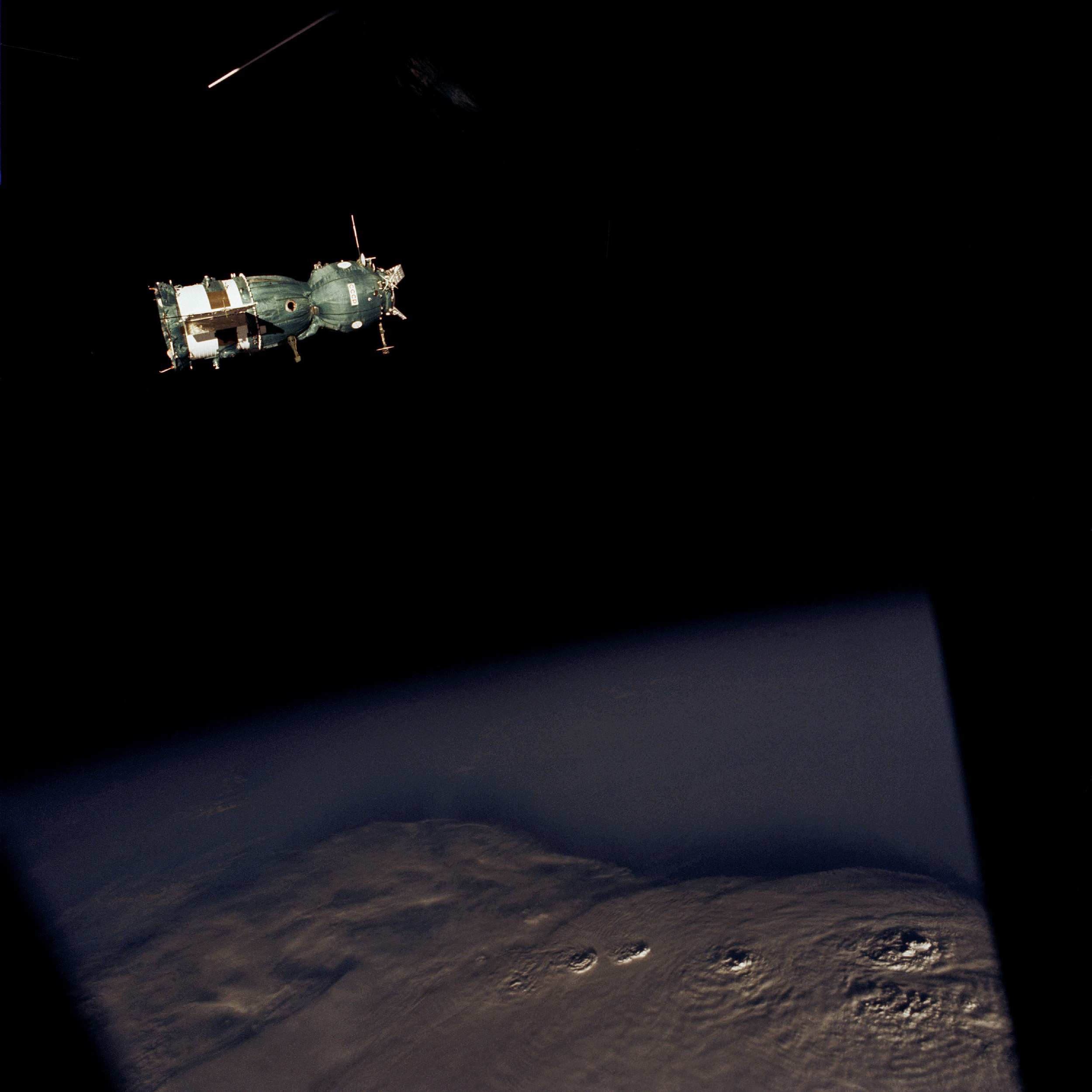
“The selection procedures for Project Mercury were directed by a NASA selection committee, consisting of Charles Donlan, a senior management engineer; Warren North, a test pilot engineer; Stanley White and William Argerson, flight surgeons; Allen Gamble and Robert Voas psychologists; and George Ruff and Edwin Levy, psychiatrists. The committee recognized that the unusual conditions associated with spaceflight are similar to those experienced by military test pilots. In January 1959, the committee received and screened 508 service records of a group of talented test pilots, from which 110 candidates were assembled. Less than one month later, through a variety of interviews and a battery of written tests, the NASA selection committee pared down this group to 32 candidates.
“Each candidate endured even more stringent physical, psychological, and mental examinations, including total body x-rays, pressure suit tests, cognitive exercises, and a series of unnerving interviews. Of the 32 candidates, 18 were recommended for Project Mercury without medical reservations. On April 1, 1959, Robert Gilruth, the head of the Space Task Group, and Donlan, North, and White selected the first American astronauts. The “Mercury Seven” were Scott Carpenter, L. Gordon Cooper, Jr., John H. Glenn, Jr., Virgil I. “Gus” Grissom, Walter M. Schirra, Jr., Alan B. Shepard, Jr., and Donald K. “Deke” Slayton.”
—40th Anniversary of the Selection of the Mercury Seven http://history.nasa.gov/40thmerc7/intro.htm

